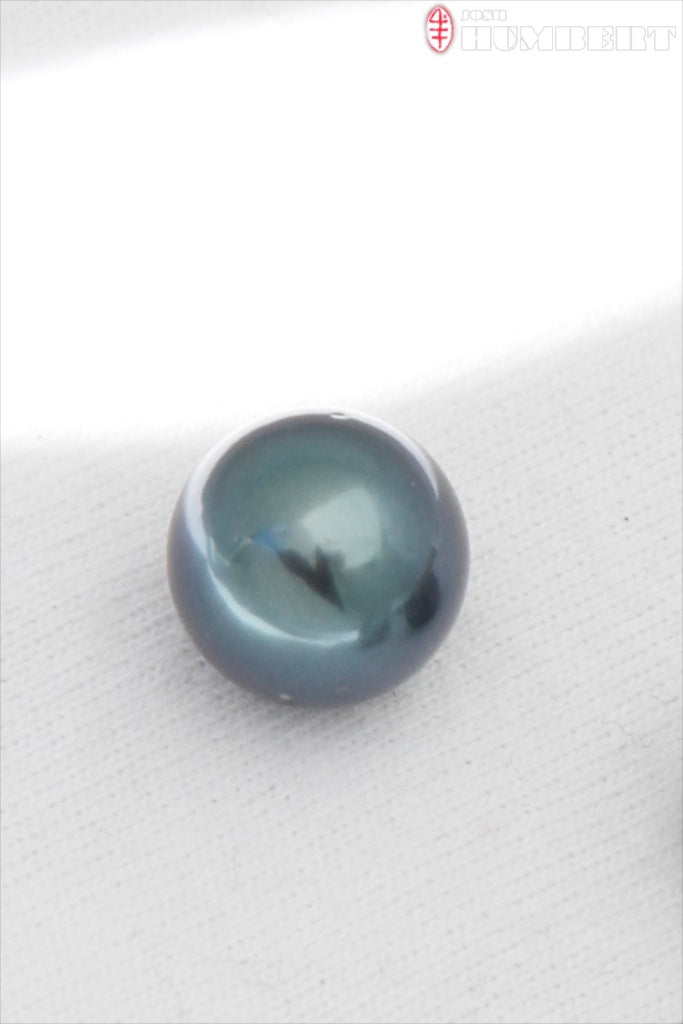
Farm kitty Toerau and me.
We finished up our mid-day meal and like usual, I put a kettle of hot water on the stove for tea and coffee. On the farm in the Tuamotus, it rarely gets hotter or colder than 85° year-round. That’s the temperature of the lagoon water, which keeps things incredibly constant. A hot beverage was more about prolonging our meal than anything else. Like any kind of farming, our work was almost sure to be physically demanding. As soon as lunch was over we would be back at it until the end of the day.
As we were waiting for the water to boil we heard a clatter come from the food closet. The door was open and a giant rat thudded to the floor. This was impossible. The farm is a football field’s distance from the land. If it had swum all the way out there, it had risked getting eaten by sharks, groupers, eels and a whole host of other hungry denizens of our coral atoll. Impossible or not, the Houdini rat was there on the floor, it’s black, beady eyes full of panic.
Almost immediately afterwards, our farm cat Toerau jumped after in hot pursuit. Toerau was an elegant calico with the short hair that characterizes cats in warm climates. She caught up to it in no time but her slender frame halted abruptly in front of the intruder. It was a lot of rat and she was visibly unsure what to do next. I had found her as a kitten, soaked and terrified under some wet cardboard at a neighbor’s farm in the middle of a cyclone. Toerau means north wind in Tahitian, which is the direction from which cyclones typically hit our atoll from. She had grown up on the pearl farm and had never known the sights and smells of land, let alone any creature more menacing than the small house geckos that are ubiquitous in the islands.
The rat didn’t lose any time and darted straight behind an empty plastic water barrel. With no TV, radio and limited social interaction, this was the most exciting thing we had seen in a very long time. I jumped up from my seat and raced to the barrel. Toerau was there already, her tail twitching in anticipation. I lifted the barrel, exposing the vermin. It looked at me then at Toerau and surprised everyone by running straight off the deck into the water, ten feet below. It landed with a splash and did the rat paddle on the surface for a few feet. We were jumping up and down, screaming our lungs out which I suspect spurred its next move that was no less surprising than its leap of faith into the water. It dove down then swam about ten feet horizontally underwater before coming back up for air. It was a windless day and the gin clear lagoon showed every detail of the coral two feet below.
The farm is held above the coral head by poles, some of which are at a 45° angle to the water. The rat was now visibly aiming for one of them. Suddenly we noticed a movement through the transparent water. It was rust red and looked like a fist-sized piece of dead coral on the move but we immediately recognized it as one of the small octopuses that inhabit the coral head.
My parents’ mentor when we first came to the atoll in the early 70’s was a wise Paumotu (person of the Tuamotus) man named Raumati who had what seemed to be a supernatural connection to the weather, creatures and atoll ecology. He had told my parents of an octopus scaling a waterfront coconut tree to eat baby rats out of their nests, high up in the fronds of the tree. He was not one to speak when he didn’t have something to say and was often solicited for his wise counsel. Regardless, the octopus story had always seemed more than a little incredible - until now.

A couple of resident octopuses doing the wild thang underneath the farm.
The octopus was at an equal distance from the rat as the pole. I could see it was better at geometry than me because it calculated the trajectory of the rat’s escape route. If it chased the rat like I had expected it to, the rat would have reached the pole in time to scamper up. Instead they arrived at the same time and the octopus whose mass couldn’t have exceeded the rat’s, engulfed the unlucky mammal and swam off happily with it to it’s silent underwater lair. Above water on the deck of the pearl farm it wasn’t so quiet – the air was filled with wild cheering and the sound of our feet hitting the wooden planks as we jumped up and down, celebrating entertainment of the wildest variety.


